Development of an Automatic Meter Reading System That Enables Joint Meter Reading of Electricity, Gas, Water, and Heat
- Naoaki Okuzono
- Masahiro Shibusawa
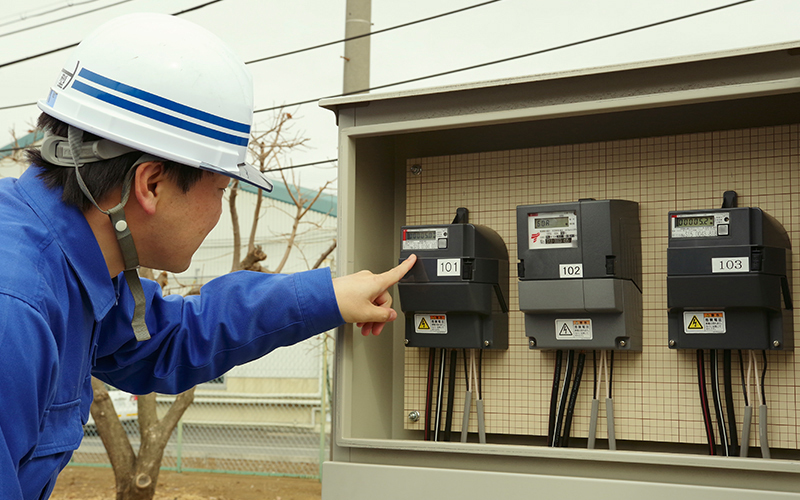
Commercial facilities, office buildings, and other tenants have reading meters installed to bill usage fees such as electricity and water. Electricity reading meters have traditionally been induction type watt-hour meters with rotating disk-shaped drums. However, with the liberalization of electric power, the need for automatic meter reading has increased, and the shift to smart meters*1 with communication functions is progressing.
Communication methods for sending meter readings to a server are generally divided into wired and wireless. Many of the installation locations for meters installed in commercial facilities and office buildings are narrow, and there are environments that are unsuitable for wireless communication due to obstructions such as concrete.
In order to provide customers with smart meters and optimal solutions for installation environments, TAKAOKA TOKO has developed an automatic meter reading system (tenant meter reading system) that uses power line transport (hereinafter referred to as PLC)*2 for collective power receiving condominiums and tenant buildings. By using PLC, it is possible to use the existing wiring, so there is no need to lay new communication lines, and it is possible to easily introduce an automatic meter reading system to existing buildings.
In addition, conventional smart meters can only read electricity automatically, but the tenant meter reading system developed this time also enables joint meter reading of gas and water. Furthermore, in order to respond to the increase in the number of tenant buildings that supply heat, we have developed a function that can jointly measure the amount of heat. We will introduce new technologies that contribute to the efficiency of meter reading work from various aspects, such as ease of introduction to existing buildings, automation of meter reading, and joint meter reading for various energies.
*1) High-performance measuring device with communication functions, etc.
*2) Abbreviation for Power Line Communication. A method of communication by superimposing communication signals on power lines.
Technology
Development of automatic meter reading system for tenant buildings using PLC.
For tenant building owners, meter reading was a very time-consuming task. There are two main reasons for this. Manual meter reading is required and meters are divided for each type of energy. Regarding meter reading automation, electric smart meters are in circulation, but other meter reading devices do not support automatic meter reading. In addition, installing a smart meter requires the laying of communication lines, making it difficult to install it in existing tenant buildings.
TAKAOKA TOKO has successfully developed a tenant meter reading system that can solve these problems at the same time. By using PLC, it has become possible to easily introduce it into existing tenant buildings where it is difficult to lay new communication lines. In addition to being able to jointly and automatically read the meters of various energies, it is now possible to check the usage amount online every 30 minutes. We will be able to respond to even more diverse needs by promoting the introduction of this system to tenant buildings and commercial facilities, as well as condominiums that receive bulk power.

Profile
-
 Naoaki OkuzonoEnergy Solution Business Division
Naoaki OkuzonoEnergy Solution Business Division
System Solution Manufacturing Department
Development Group Manager
(at the time of development) -
 Masahiro ShibusawaEnergy Solution Business Division
Masahiro ShibusawaEnergy Solution Business Division
System Solution Manufacturing Department
Development Group
Many advantages are achieved by integrating PLC, network connection, and various meter readings.
Okuzono:As electric power deregulation progresses, electric power companies and plans are becoming increasingly flexible in choosing them, and there is an increasing need for smart meters that can visualize electric power consumption. Also, for the meter reading side, the communication function enables remote measurement, which significantly reduces the time required for meter reading work. In addition to making work easier, introducing automatic meter reading eliminates human errors and reduces costs. The origin of the project is to create a product that meets these needs.
Shibusawa:The greatest advantage of this meter reading system is that the data collection device can send data to a cloud server or other device via the Internet, enabling automatic meter reading services to be provided. However, when it comes to electricity, automatic meter reading is already possible with smart meters from other companies. The advantage of the system we developed this time is that it can read electricity, gas, water, and heat all at once, and using a PLC eliminates the need to lay new communication lines.
Okuzono:Especially in existing tenant buildings, the installation of new communication lines is a big problem. All kinds of wiring, including telephone lines, are packed in the piping, and it is often physically difficult to pass new lines. Another advantage of PLC is that it is not only easy to introduce to the existing buildings, but it is also easy to install. For example, even if a new communication line can be laid, there is a possibility that the wiring will not be connected well just by tightening the screws. On the other hand, PLC uses existing power lines, so even contractors who are unfamiliar with wiring communication lines can work without problems.
Shibusawa:From the viewpoint of visualization of usage, it is possible to check the usage of various energies, not just electricity, online every 30 minutes, enabling more detailed energy conservation. In addition, it is possible to easily see the amount of electricity used by family members living far away, and to check their safety and lifestyle through this system.
Okuzono:Internet connection, integration of meter reading of various energies, adoption of PLC. By incorporating all of these features, the tenant meter reading system developed this time is a solution that meets customer needs, such as expanding services for residents, building/tenant owners, and reducing wiring work for communication lines.


Left: STiNC is a registered trademark of TAKAOKA TOKO Co., Ltd. (No. 5360609). Right: SmaMe is a registered trademark of Toshiba Toko Meter Systems Co., Ltd. (No. 5542012)
The next issue is how to utilize the collected big data.
Shibusawa:We had the internet connections for automatic meter reading and PLC technology in the company. The problem was the integration of various types of meter readings. It was very difficult to integrate the meter reading functions of various meters into one modem.
Okuzono:In the automatic meter reading system, the concentrator that collects meter reading data communicates with various meters through the modem built into the smart meter to obtain meter readings. However, the communication specifications differ depending on the electricity, gas, water, and heat meters. In short, different meters use different languages. All of them must be translated into the same language and conveyed to the concentrator. Implementation of this function was difficult and we struggled with it quite a bit.
Shibusawa:The reason why the integration was difficult was not only the transformation technology of communication specification. There was a physical problem of placing all the functions into the modem frame. If the modem frame becomes large, it cannot be housed in the smart meter. Increasing the size of the smart meter itself will limit the place where it can be installed. How can we pack all the functions into a compact frame? By minimizing the size of each and every device inside the modem and thinking through the layout like an elaborate puzzle, we were finally able to make it a reality.
Okuzono:TAKAOKA TOKO's meter reading system alone has the function of integrating various meter readings. This was born as a result of these efforts. However, other companies should soon catch up with this technology. That is why we are looking ahead to technological development. What solutions can we propose using this technology? We believe that this is the real development target.
Shibusawa:We are also aiming for a service that accumulates reading data on cloud servers using Internet lines and provides this meter reading data file to developers of cooperative partners. In addition, by collaborating with the energy consulting group within our solution sales department, we believe it is possible to analyze customer meter data and provide consulting on various equipment and the usage.
Okuzono:What I just mentioned is just an example. Once this system is introduced, big data on various energies will be accumulated on a daily basis. When we utilize this big data to realize proposals and services that are ahead of our competitors, TAKAOKA TOKO and Japan's energy technology should be approaching a higher level.

Latest articles
-
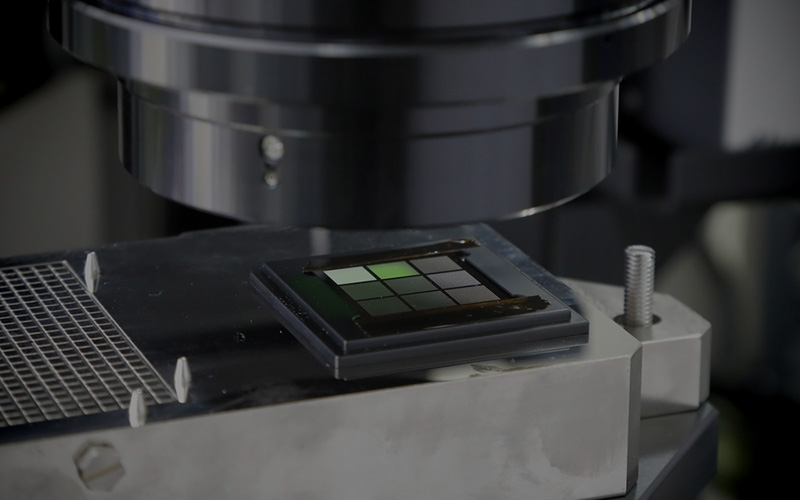 interviewThe confocal surface shape measurement system for semiconductor reliabilityIt is no exaggeration to say that semiconductors are used in everything supporting our lives and industry in modern society. Examples include smartphones, home appliances, and industrial products in various fields.
interviewThe confocal surface shape measurement system for semiconductor reliabilityIt is no exaggeration to say that semiconductors are used in everything supporting our lives and industry in modern society. Examples include smartphones, home appliances, and industrial products in various fields. -
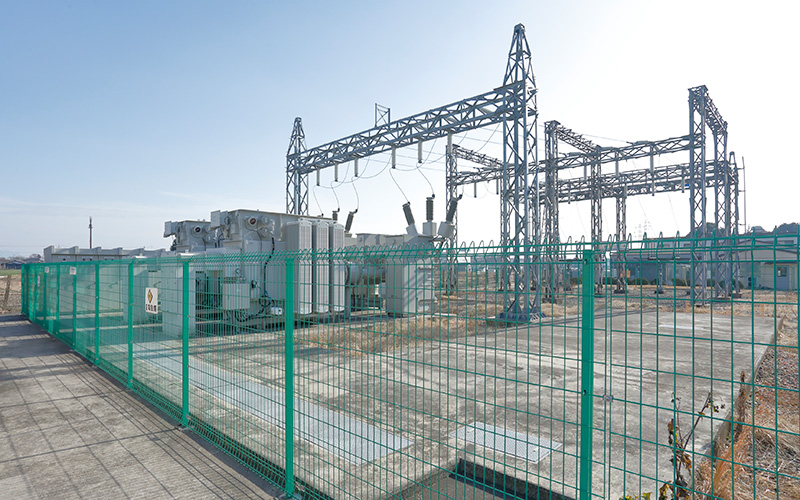 interviewImplementation of a Sensor Solution for Substation DigitalizationGlobal energy prices remain at high levels. The presumed cause is the imbalance between energy supply and demand due to recovery in economic activity from the spread of COVID-19, unseasonable weather, disasters, Russia's invasion of Ukraine, and other factors. The soaring energy prices naturally have an impact on the electricity sector, putting not only ordinary households but also electricity suppliers, or electric power companies, in a difficult situation. Power companies are being forced to cut costs to keep power prices down.
interviewImplementation of a Sensor Solution for Substation DigitalizationGlobal energy prices remain at high levels. The presumed cause is the imbalance between energy supply and demand due to recovery in economic activity from the spread of COVID-19, unseasonable weather, disasters, Russia's invasion of Ukraine, and other factors. The soaring energy prices naturally have an impact on the electricity sector, putting not only ordinary households but also electricity suppliers, or electric power companies, in a difficult situation. Power companies are being forced to cut costs to keep power prices down. -
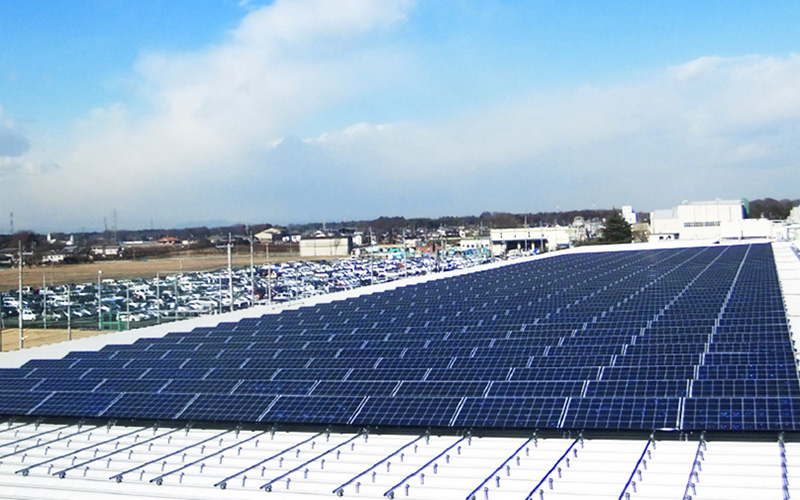 interviewDevelopment of Techniques for Solar Power Generation Prediction Using AIIn order to promote carbon neutrality, the use of renewable energy that doesn't emit CO2 is expanding.Among renewable energy resources, solar power generation is an important one which will continue to grow in popularity.
interviewDevelopment of Techniques for Solar Power Generation Prediction Using AIIn order to promote carbon neutrality, the use of renewable energy that doesn't emit CO2 is expanding.Among renewable energy resources, solar power generation is an important one which will continue to grow in popularity. -
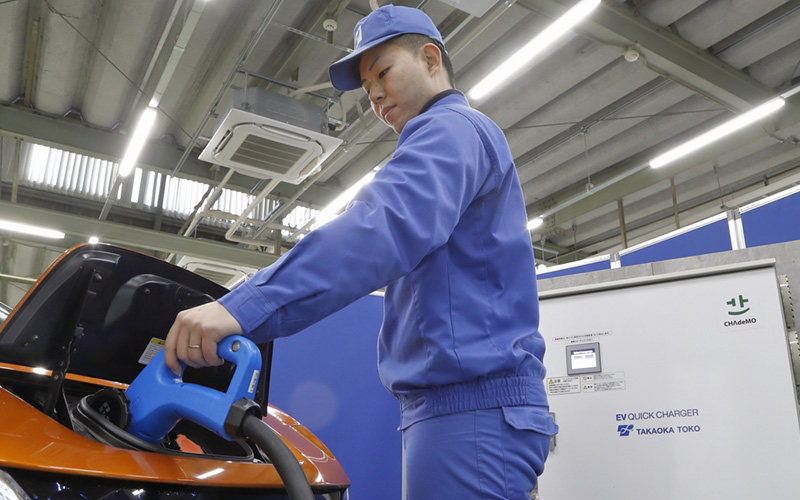 interviewDevelopment of Medium-Capacity Quick Charger for Electric VehiclesIn anticipation of expansion of EV charging infrastructure in Japan, where the EV shift is accelerating, we worked on the development of the “medium-capacity quick charger (B11)” as a charger that meets the needs for intermediate chargers between normal chargers and quick chargers. This article introduces the features of the product, ingenuity in the development process, and our future vision.
interviewDevelopment of Medium-Capacity Quick Charger for Electric VehiclesIn anticipation of expansion of EV charging infrastructure in Japan, where the EV shift is accelerating, we worked on the development of the “medium-capacity quick charger (B11)” as a charger that meets the needs for intermediate chargers between normal chargers and quick chargers. This article introduces the features of the product, ingenuity in the development process, and our future vision.
